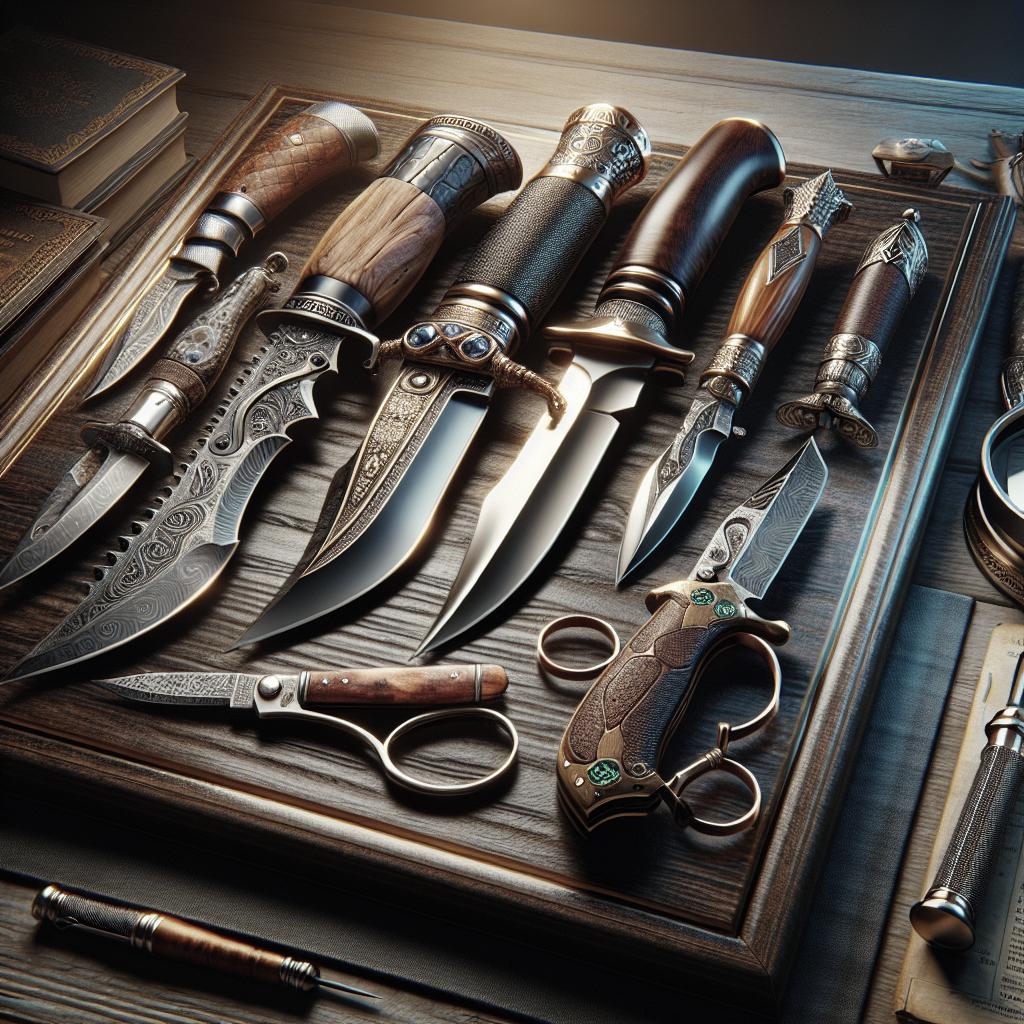The Advantages and Disadvantages of Ceramic Knives
Ceramic knives have become increasingly popular in kitchenware due to their unique properties. Made from zirconium oxide, these knives are known for their lightweight design and anti-corrosive nature. However, they aren’t without their drawbacks. This blog post delves into the benefits and downsides of ceramic knives, helping you decide if they’re the right addition to your kitchen arsenal. We’ll discuss their weight, maintenance, and usability in cutting various items. Whether you’re a professional chef or a home cook, understanding these pros and cons will guide you in optimizing your culinary tool selection.
Ceramic Knives Are Lightweight and Corrosion Proof, but not Great for Cutting Frozen Meat
Pros
Ceramic knives are renowned for their lightweight nature, providing a significant advantage over traditional steel knives. This feature is particularly appreciated during prolonged cooking sessions, where arm fatigue can become a concern. Their construction allows for ease of use, making them a suitable option for both professional chefs and home cooks who may not have a strong arm for heavy cutting tasks.
Moreover, the corrosion-proof aspect of ceramic knives is a noteworthy benefit. Unlike their steel counterparts, ceramic knives do not rust or degrade when exposed to acidic foods and moisture. This quality ensures that ceramic knives maintain their pristine appearance and functionality over time, leading to a longer lifespan with minimal maintenance required.
Cons
Despite their advantages, ceramic knives are not without their limitations. One of the primary drawbacks is their fragility; they are prone to chipping and shattering if dropped or used to cut hard substances such as bones or frozen meat. This aspect limits their versatility in the kitchen and necessitates careful handling.
Additionally, ceramic knives require specific sharpening tools since they cannot be honed on a standard steel sharpener. This can be an inconvenience for users who do not wish to invest in additional equipment or prefer the ease of sharpening traditional steel knives. Over time, dullness can become a factor, demanding professional sharpening services to restore the blade’s edge.
Start With One Knife Rather Than A Whole Set
If you’re considering incorporating ceramic knives into your kitchen, it’s wise to start with a single knife to assess how it fits into your routine. Trying out a paring or chef’s knife can give you a sense of the balance and cutting experience before deciding whether to expand your collection.
Beginning with one knife allows you to understand the care and handling nuances unique to ceramic blades. Once you are comfortable, you can make a more informed decision about purchasing a complete set, tailored to your cooking habits and preferences.
Lessons Learned
| Aspect | Advantage | Disadvantage |
|---|---|---|
| Weight | Lightweight, easy to handle | None |
| Corrosion Resistance | Does not rust or degrade | None |
| Durability | Long lifespan with minimal maintenance | Fragile, prone to chipping |
| Usability | Great for everyday kitchen tasks | Not suitable for hard substances like bones or frozen items |
| Maintenance | Requires specialized sharpening | Dullness can require professional services |


